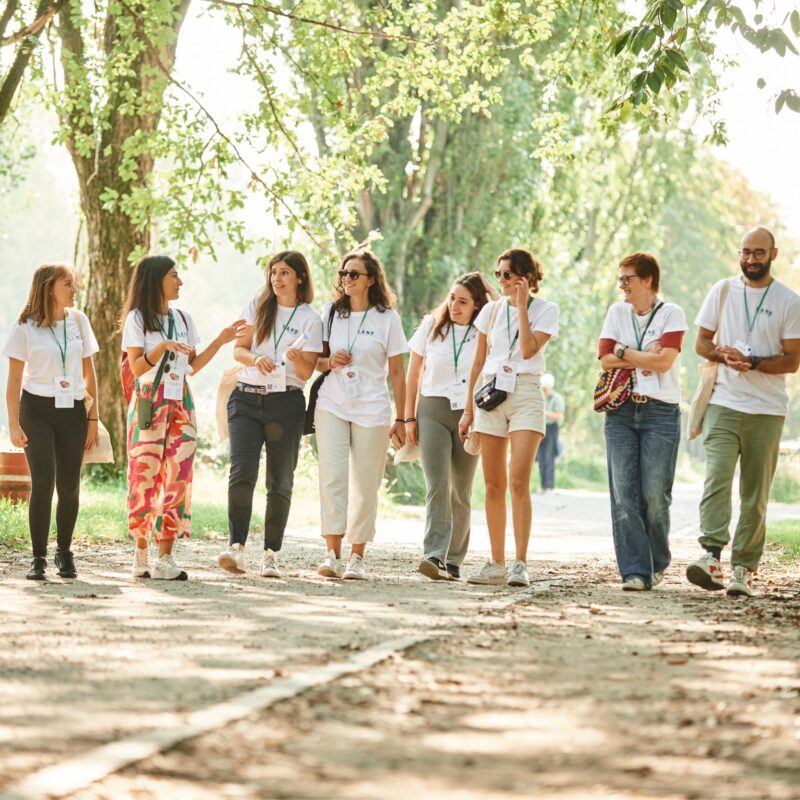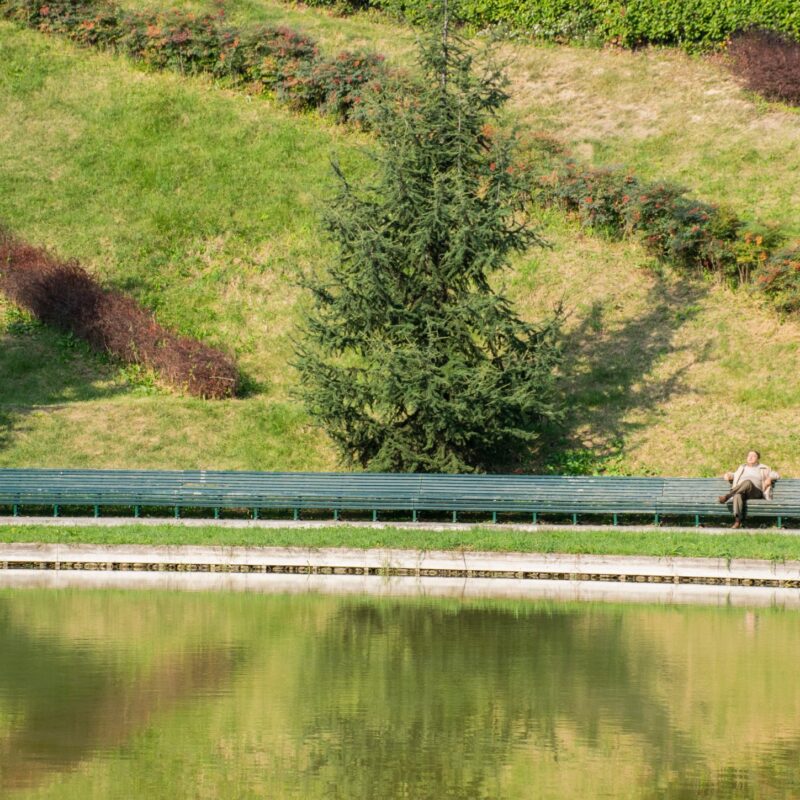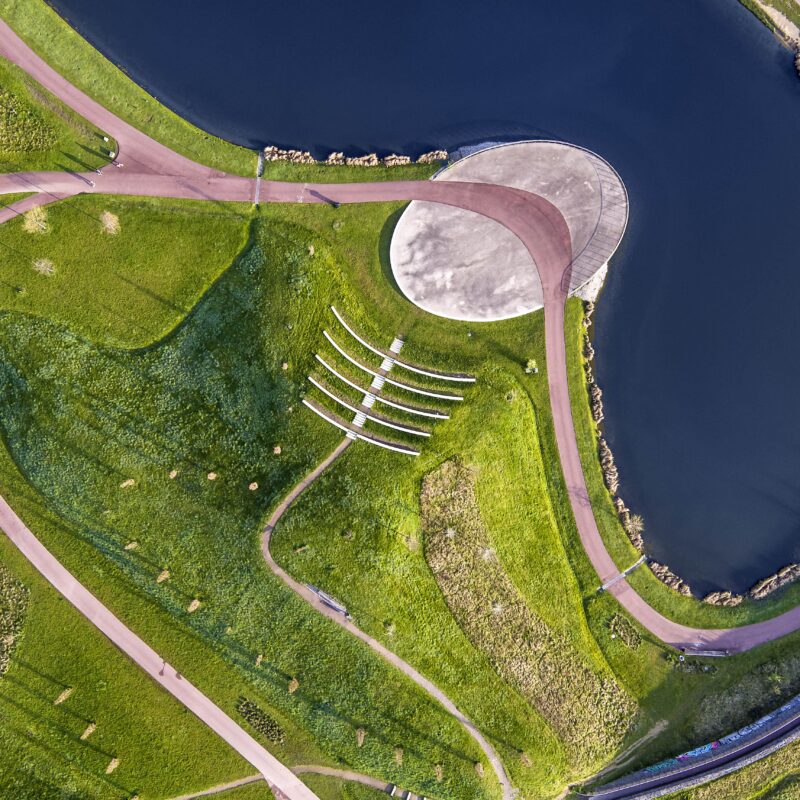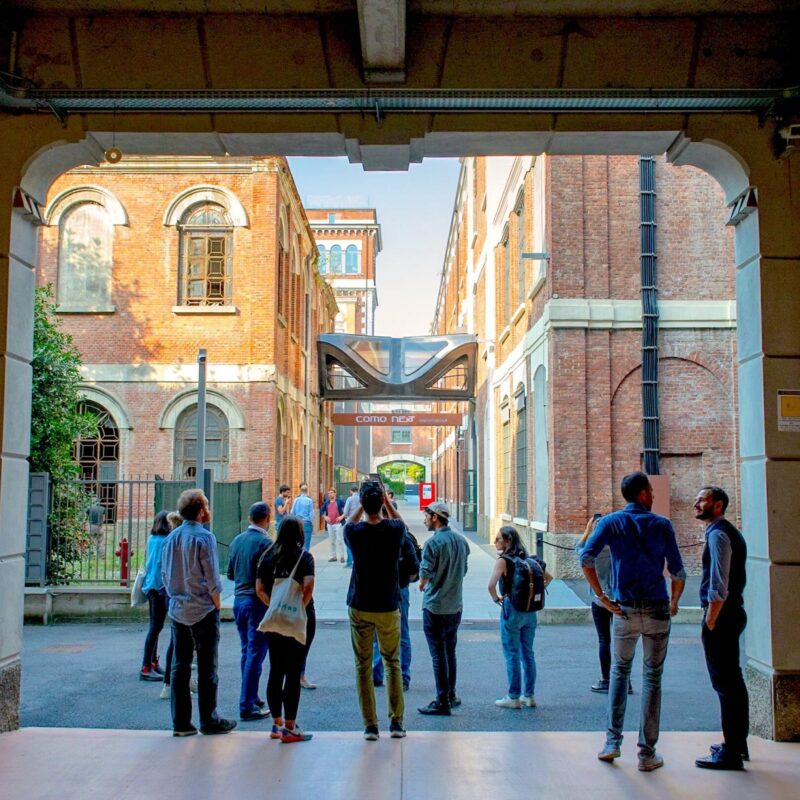
Newsletter #12: It's Too Late to Argue: Let’s Think and Act Nature-Positive
Andreas Kipar looks back on his first year with the World Economic Forum’s Task Force for Nature-Positive Cities. Transforming urban spaces to embrace Nature is challenging, but it is also essential as climate pressures increase.
This past year, one of our key milestones was the publication of Nature Positive: Guidelines for the Transition in Cities. This report is a foundational resource, a practical collection of models, tools, and best practices to foster urban regeneration through Nature-based solutions. It sends a clear message to city leaders: prioritising investment in Nature is essential, and today, without Nature, funding is often no longer available.
The Task Force also developed a roadmap that provides adaptable strategies for cities of all sizes to achieve Nature-positive development by focusing on climate adaptation and biodiversity. This roadmap sets the stage for sustainable practices across environmental, social, economic, and administrative dimensions. Our role as planners, architects, and urban professionals is clear: to support urban administrations in recognising the risks and opportunities that come with implementing Nature-based solutions, that could bring long-term environmental and economic efficiency. For this reason, it is up to the planner and professional working with Nature to know how to identify adequate and timely funding that can facilitate the dialogue between the development time of Nature and that of the City, thereby helping create resilient and economically viable cities.

Parco Rubattino, Milan – © Nicola Colella
Rethinking Natural Capital as driver of cultural change
Considering the role of Natural Capital in this global framework, it’s essential to view it as more than just an economic asset. Instead, Natural Capital should represent a priority dimension for creating adaptive, resilient spaces that can dynamically respond to climate risks while retaining their environmental and engineering integrity. Recognising the intrinsic value of natural resources, not just economically but as cultural foundations, is crucial for developing equitable, resilient cities and aligned with Nature. Thus, Nature is no longer merely a resource to be exploited; it is a sovereign guide shaping future growth and development.
In practical terms, integrating Natural Capital into urban and territorial policies means designing adaptive, not static spaces that change over time in response to climate dynamics, community needs, and social and economic transformation. Equally important is the collaborative management of natural and cultural heritage, which actively invites local communities, governments, and private actors to participate. Such collaboration enhances the sustainability and resilience of our ecosystems and respects the interwoven connections between Nature and local culture.

Gavoglio Park, UNaLab Project, Genoa
Progress Made and Steps Forward
This past year has brought meaningful steps toward a sustainable future:
From Net Zero to Nature-Positive: We’ve seen the shift from net-zero goals to models prioritising Natural Capital, with public-private partnerships advancing the transition to a net-zero future. This includes alignment with the Net-Zero Asset Owner Alliance and Net-Zero Banking Alliance.
Global Biodiversity Framework and Pledge: At COP16 on Biodiversity, more than 70 countries committed to protecting 30% of the world’s land and oceans by 2030 (the “30×30” target), with businesses now integrating biodiversity into their supply chains and reducing the degradation of natural habitats.
Regenerative Agriculture Coalition: WEF’s 2024 initiative promotes regenerative agriculture, which enhances biodiversity and soil health while lowering farming’s carbon footprint.

AI generated image following our latest LAND&Tech Workshop “AI rendering and text-to-image”
In this new paradigm, Nature takes centre stage as a life-supporting force and a guiding principle in development. By recognising Nature as a central component in urban planning, we shift towards growth that enriches our cultural capital and local heritage. It’s a process that requires active collaboration across sectors but ultimately leads to cities that are sustainable, resilient, and vibrant places to live.
As we look ahead to COP29, the urgency to integrate Natural Capital into policy frameworks has never been greater. I believe that by aligning urban planning with these global targets, we can transform cities into resilient, Nature-positive spaces that contribute meaningfully to both local and international goals.
I invite you to consider how you can contribute to this vital transition. Whether through supporting Nature-Based Solutions, fostering community engagement, or rethinking the role of Natural Capital in your projects, each action counts.
Together, let’s build cities where Nature and human life coexist and thrive.









